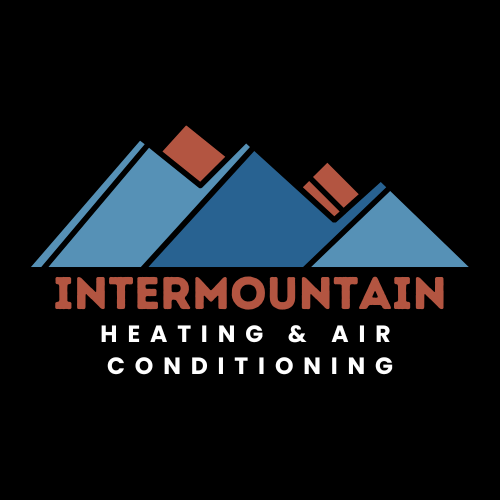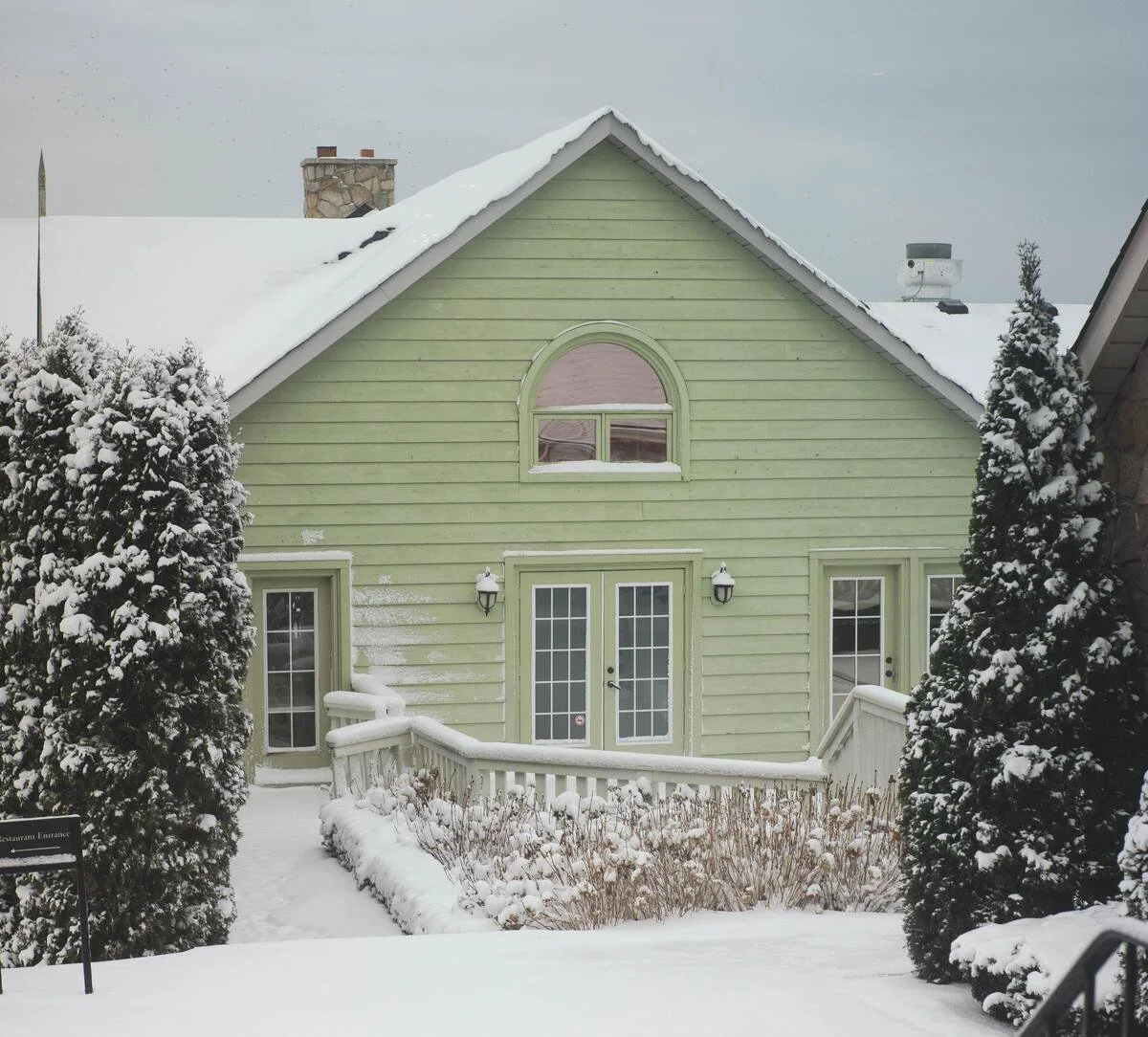Winterize a Home 101: How to Get Your House Ready
Winter is slowly approaching in Idaho, so it’s a good idea to start considering how to enhance your home’s insulation. Here’s why: the impacts of poor insulation won’t just leave your home feeling cold and empty. It’ll also do that to your wallet.
Luckily, there are many simple and affordable ways to insulate and winter-proof your home so you can keep more of your hard-earned cash where it belongs; in your wallet.
Sealing Windows
Air can easily leak into or out of your home through windows. That’s why you need to make sure they are properly sealed.
To do so, follow the steps below or read more about sealing leaks in our other blog here:
Find the leaks
On a windy or cold day, use the back of your hand to feel around the frame of every window and locate any leaks. You can also use smoke from an incense stick to spot any leaks.
Light the stick and move it along the frame of your windows to determine where the draft may be coming in.
Fix the leaks
Once you find the leak, caulking is the easiest and cheapest fix. You can use caulking to seal around the rim of any leaky windows and seal any cracks between the wall and interior trim.
Another good way to enhance your window’s thermal performance is to change out your lightweight curtains for some heavier alternatives designed for thermal insulation.
Sealing Doorways
Did you know that sealing an exterior door is one of the cheapest ways to boost your home’s insulation? Here are a few tips to help you out:
Install a door sweep to block out cold air from entering the bottom of the door.
Use long pieces of weather stripping to get rid of the gap between the frame and the door itself.
Insulating Your Attic
Hot air rises. So, if your home’s attic doesn’t have sufficient insulation, a significant percentage of the heat in your home is going towards heating whatever junk you might have up there.
Fortunately, you can easily add insulation in the attic and enjoy the subsequent savings year on year. The most common types of insulation added to attics are batt rolls or loose fill.
Batt insulation
This type of insulation works if there are only a few support beams to work around and your attic has standard joist spacing. Ensure the insulation goes flush against your home's ceilings when installing this kind of insulation.
Also, ensure you don’t put insulation on any ducts leading from gas-fired appliances, chimneys, or lights in the ceiling that aren’t rated for contact with insulation. The last thing you want is to start a fire!
Loose-fill insulation
If you go for loose-fill insulation, note that you can either pour the packaged bags of insulation into the attic and spread them around by hand, or you can rent a machine from your local home improvement store to blow the insulation up into the attic.
HVAC/ Furnace Maintenance
It is essential that you keep your HVAC system in optimal condition. Remember that a malfunctioning HVAC system can cause your home to become as frigid on the inside as it is on the outside. That holds true even when your home is properly sealed and insulated.
These hacks will help you keep bills low over the winter, but to guarantee proper HVAC performance and avoid any nasty surprises, we recommend you:
Hire an HVAC service team to do a pre-winter tune-up, determine any possible problem areas, and ensure your system is good to go for the winter season.
Familiarize Yourself with the New HVAC Regulation Changes
Before you update your home’s insulation, be warned that regulation changes are coming into effect next year that will increase HVAC system costs. Starting on January 1, 2023, new efficiency requirements will be put in place for every piece of HVAC equipment. These recent changes will impact homeowners all across the nation—but what do they mean for you?
New systems will have to be much more efficient, and that means expensive.
Thus, if you are considering updating your system in the future, now might be the time to do it.
The New Minimum Efficiency Standards
The Department of Energy has updated the minimum efficiency standards for AC and heat pumps. As you may know, the energy efficiency of most HVAC systems is measured based on their SEER rating. The higher the SEER rating is, the more efficient the system would be.
There are many advantages to installing an HVAC system with a higher SEER rating. You see, the more energy efficient your AC system is, the more energy it will save you in the long run. Meaning you could end up saving tons on your utility bills.
That can be a great piece of news for homeowners, especially if you are looking for ways to save costs and be a little eco-friendlier. Butt the bad news is that these ultra-efficient systems will be much more expensive at the point of purchase. So if you are considering a new system, get in touch with us today to learn more about how these changes could impact you.
Should You DIY or Call A Pro?
Improving the home insulation of your home for the winter can be a challenging task, particularly if you are a beginner DIY-er. Nonetheless, if you are up for the challenge and wish to save some money, make sure you do your research. Consult your local home improvement team and watch a few videos online.
However, if you are uncertain and not confident about where to start, have no desire to crawl around in your dusty attic, or just want the peace of mind knowing that the work is being done properly, you may be better off calling a professional.
If you need help, Intermountain Heating & Air Conditioning is here to help you. Don’t freeze this winter! Call us to get a free consultation today!


